OPINION: The violent protests and riots must end
Oregon State Troopers and Portland police advance through tear gas and fire works while dispersing a protest against police brutality and racial injustice on September 5, 2020 in Portland, Oregon. Portland has seen nightly protests for the past 100 days following the death of George Floyd in police custody. (Nathan Howard/Getty Images/TNS)
We must do everything within our power to put an end to this senseless violence nationwide—both from the police and the riots. The protests are completely justified and have been long overdue in this country; U.S. police kill a higher proportion of the civilians they serve, 33.5 per 10 million people, than that of any other wealthy nation. The rate of the runner-up, Canada, is doesn’t even come close at 9.8.
Extreme racial disparities exist in police violence as well. In some metro areas, Black people’s risk of death at the hands of law enforcement is more than six times that of white people. While this difference is not indicative of the entire U.S., police overall kill Black people at higher rates than white people, and the ratio is at least 2:1 in most jurisdictions.
Killings by police only make up the tip of the iceberg. A study of 14 years of traffic stops in North Carolina found that Black people are 63% more likely to be pulled over than white people. Once the driving habits of both races are factored in, the disparity increases to 95%. Deeper in the bowels of the justice system, people of color serve longer prison sentences due to initiatives like risk assessments and zero-tolerance policies in schools, which disproportionately affect this demographic.
The tough measures were phased in during the 1980s and 90s as part of the nationwide “War on Drugs.” In an effort to reduce drug-related crimes and fatalities, many jurisdictions implemented more aggressive policing in drug hot spots as well as exorbitant mandatory-minimum sentences for crimes like possession of cocaine. Rather than reducing crime and drug use, the tough policies drove up incarceration rates and caused even more economic and psychological damage to impoverished neighborhoods, where drugs are most common.
Racial tensions, especially within the criminal justice system, have been ballooning in the U.S. for decades. Large-scale protests against state-sponsored mistreatment of Black people are long overdue. In an optimistic scenario, they will continue for some months, likely past the election, and really start to flatten the curves of police brutality and systemic racism regardless of the winner.
But it is also important that protests remain peaceful. Riots and shootings not only lead to loss of life and property damage, but they also cast a negative spotlight on the Black Lives Matter movement. Most major metros experienced some violence and heated moments for the first few weeks after George Floyd’s death sparked the nationwide demonstrations. Unfortunately, though, the situation has been much worse in cities like Portland, Oregan, and Chicago, Illinois, which have been dealing with severe rioting all summer.
Conservative group Patriot Prayer member Aaron “Jay” Danielson, 39, was murdered Aug. 29 by antifa supporter Michael Reinoehl, 48, as both men’s respective groups clashed in Portland. Neither the killer’s name nor motive has been officially confirmed by authorities, however. Two days later, looters shattered the windows, invaded, and even tried to set fires inside the mayor’s home amid calls for him to resign amid the seemingly endless violence. Police declared a riot and ordered all demonstrators to vacate the area.
Chicago has also witnessed widespread violence in recent months. In addition to their preexisting battles with gangs and shootings, the city has been ravaged by looting. The situation is so dire that fears of a mass exodus from downtown are high, stifling economic recovery from both the riots and COVID-19 pandemic. They even had to lift their iconic downtown drawbridges and impose a quasi-lockdown on the region every night for a week last month.
Kenosha has faced unrest for more than a week following the Aug. 23 police shooting of Jacob Blake. The 29-year-old father was shot seven times in the back in front of his young children. He survived but is paralyzed from the waist down. Since then, the city has sustained damages totaling $50 million and counting, and three protesters were shot, two fatally, on Aug. 25. The gunman, Kyle Rittenhouse, 17, was able to walk away from the carnage and peacefully surrender to Kenosha police officers the next day, a stark contrast to how those same officers treated Blake days earlier.
Ending this violence requires a bipartisan and nationally coordinated approach. The first step is to restore order by deploying the National Guard. While the Guard will likely have to use some force against civilians and protesters, the risk of injury from looting and rioting is much higher, and the Guard is needed to flatten the curve of the unrest. It’s sad that we need to send them in, but just like flattening the curve of the COVID-19 virus through social distancing, we must face the music and do it. According to Defense One, which is rated least biased and high for factual reporting, the Guard not only speeds up the restoration of order but can also protect critical infrastructure like hospitals and municipal buildings from rioters.
The first step of sending in the National Guard should only last a short time, ideally less than a week. Next, our elected officials should return to satisfying protesters’ demands and enacting reforms. During this step, cooperation from both liberal and conservative leaders is required, and many compromises will need to be made. For example, recreational marijuana should be decriminalized for those 21 and older, but only licensed establishments should sell it and unauthorized dealers should still be locked up. Their sentences should be reduced, and mandatory minimums repealed, but dealers of more dangerous narcotics like heroin and fentanyl should still face vigorous prosecution.
A bipartisan effort is even more critical for the most pressing issues like police violence. Small missteps can backfire and significantly worsen the situation, but if everyone is willing to cooperate and make concessions, we can hit a “sweet spot” at or near the center of the political spectrum that will drive the most meaningful reform. For starters, defunding police departments is too extreme and may trigger a severe resurgence in violent crime; after all, the neighborhoods most vulnerable to violence from law enforcement are also most vulnerable to violence from criminals. In New York City alone, for instance, BIPOC comprise just a quarter of the population but nearly 3 in 4 victims of all gun violence. In fact, only 1 in 5 African-Americans support reductions in police funding.
The better solution is to reallocate funds within police departments, allowing for enhancements like greater police training and education. Other funds should be used to bolster programs that build bonds between law enforcement and the community, which can help young people in inner cities cope with socioeconomic adversity and avoid involvement with drugs, guns and gangs, ultimately reducing crime and eventually, police misconduct.
Police reform is long overdue. So is criminal justice reform. Systemic racism is real and definitely needs to be stamped out of the justice system. But our leaders will also need to consider both liberal and conservative ideas as well as avoid emotional and impulsive responses. This includes taking action to end the rioting and allowing peaceful protesting to resume. Once that step is done, we must immediately turn our attention back to the peaceful protesters and pass sweeping reforms. And these reforms must continue for the long haul, no matter who wins on November 3.


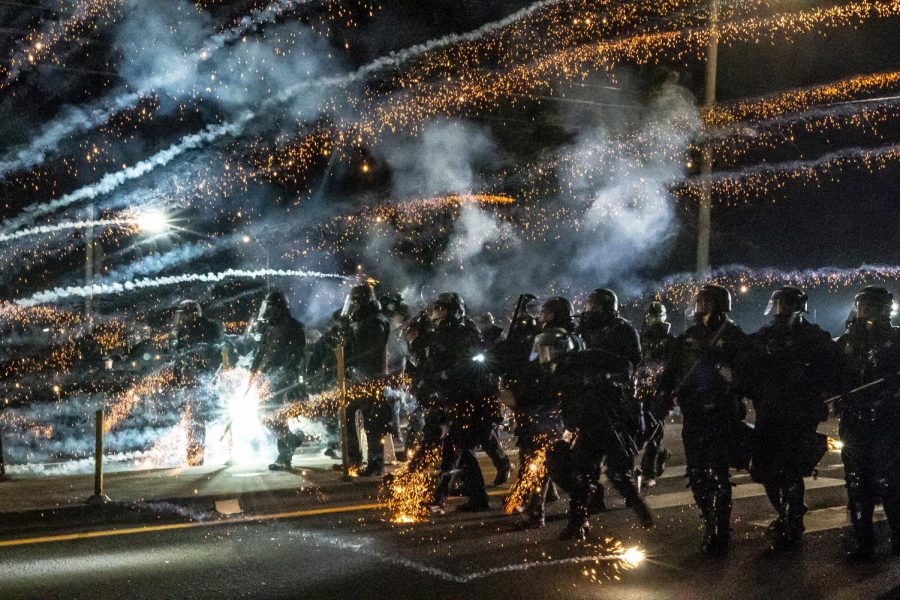

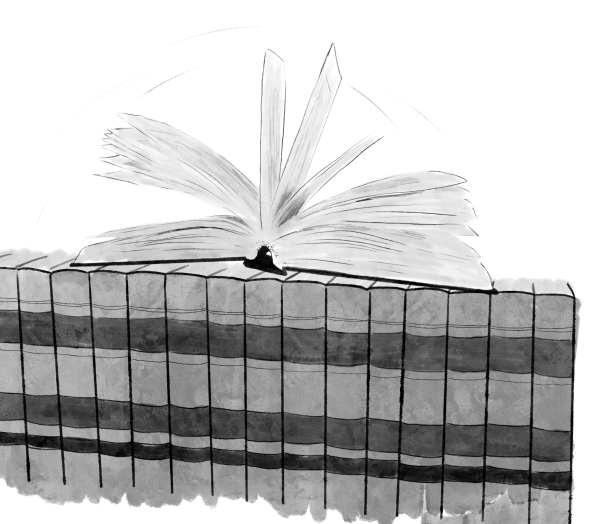



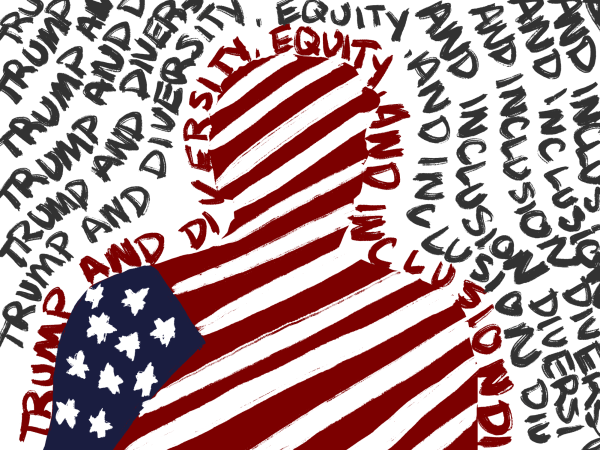
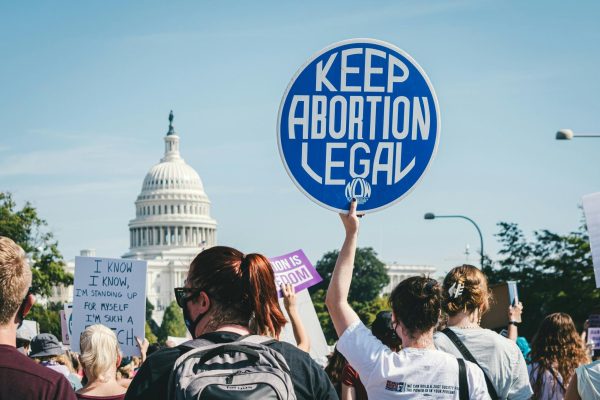
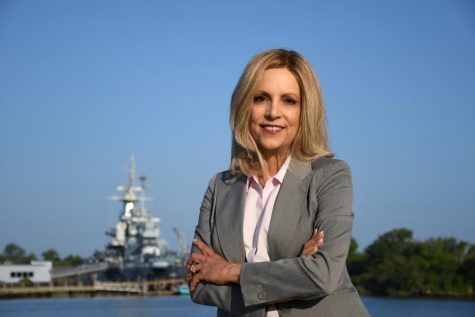
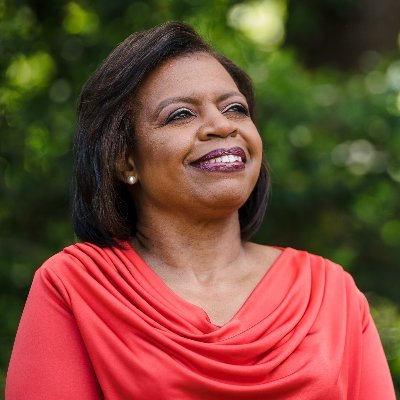
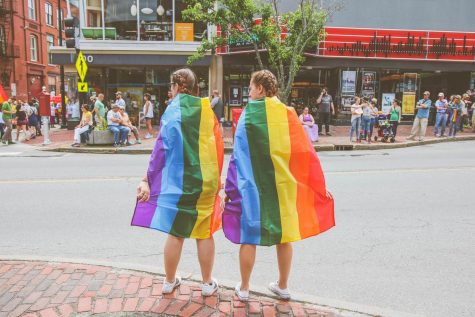
Bristol • Sep 8, 2020 at 1:24 am
Your tone, while attempting civility, still displays the bias fanning the flames of this issue. You claim that there are two equal opponents, both requiring reformation. But you fail to acknowledge the violence thrust upon once-peaceful protestors. You fail to acknowledge the escalation from the police, the senseless beatings, gassing, and the myriad other lethal actions undertaken by our officials. The kidnapping. The cell phone stings. Tire slashing, hand breaking, hair pulling, ass groping, spitting hatred committed by officials against a crowd that initially aimed for peace. Even your description of the death at our recent protest was given the title of “murder” while the actions performed by Rittenhouse were “lethal.” If you could step back and see the gravity of the situation outside your own safety, you would see that our marching, chanting, and protesting began in response to armed militia men touting the ideals of nazism and identifying as klansmen years ago. This fight didn’t start 100 days ago. This has been going on for years and our authorities have failed to respond to our civil requests to investigate and possibly prosecute (god forbid!) state sanctioned murderera. If you can somehow speak about the one death that happened as a result of a counterprotestor returning lethal fire upon a Patriot Prayer protestors before you can speak about the beatings, shootings, and hangings being doled out to peaceful protestors these past couple months, you are still living in denial of why the protests are crucial. My advice is you start dismantling your sense of need for security. Why does YOUR world need to go back to a time before unrest? Do you benefit from the lack of violence? Don’t you think protestors would too? Don’t you think melanized lives, the reason we’re there in the first place who are still being shot on the daily, would too? Investigate your privilege that allows you to sit here and write this piece, desiring a return to normalcy. I hope you can see how pieces like this do nothing but polarize and fuel the issue in its fraud attempt at understanding. False equivalency is your Achilles’ heal.